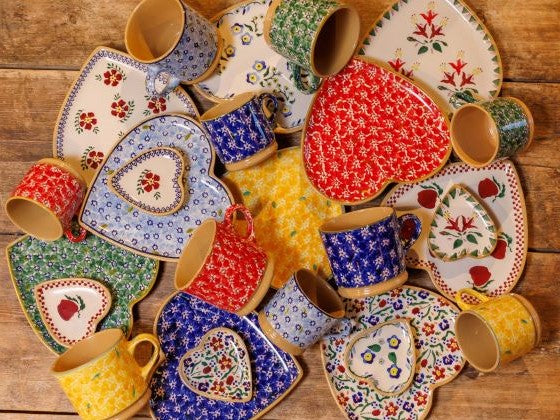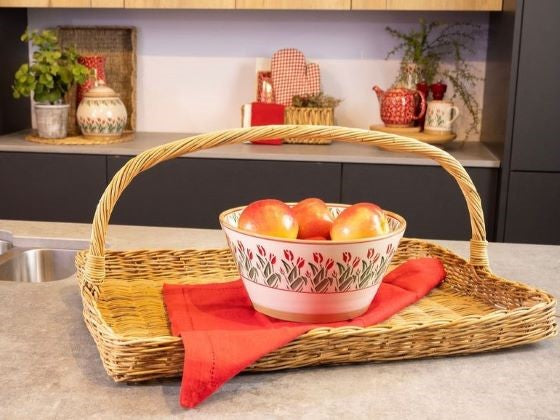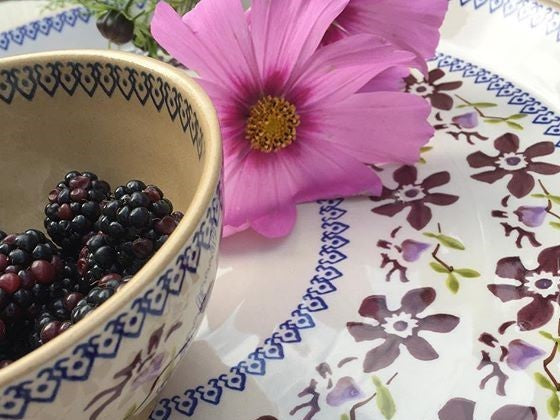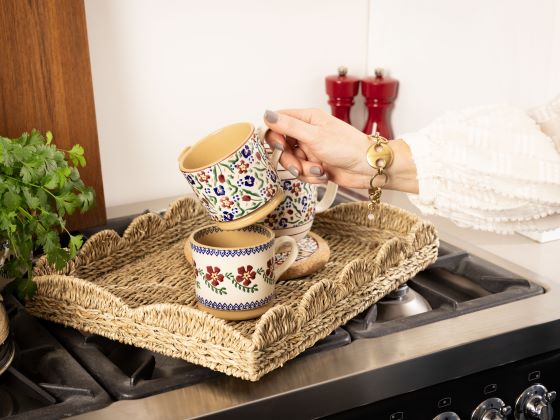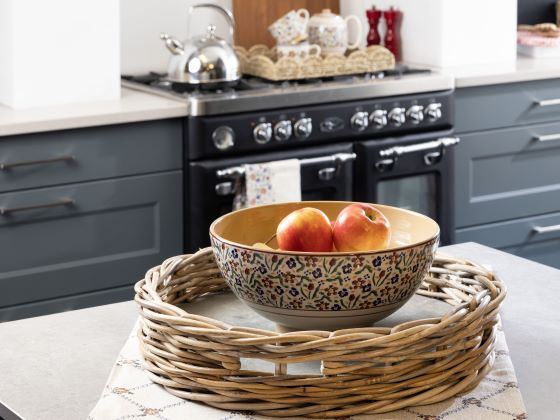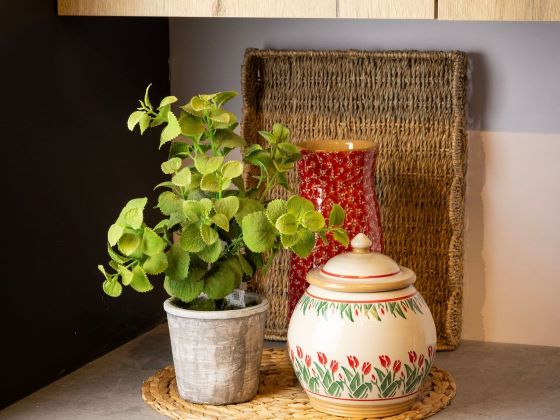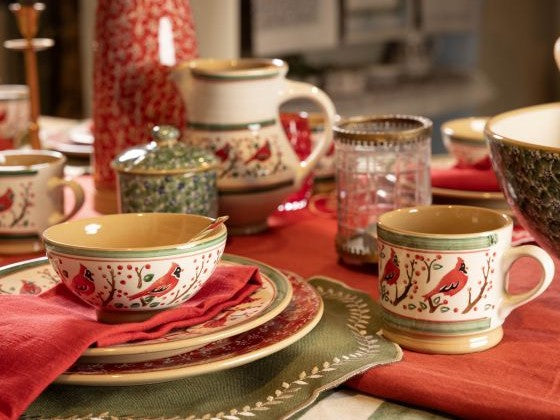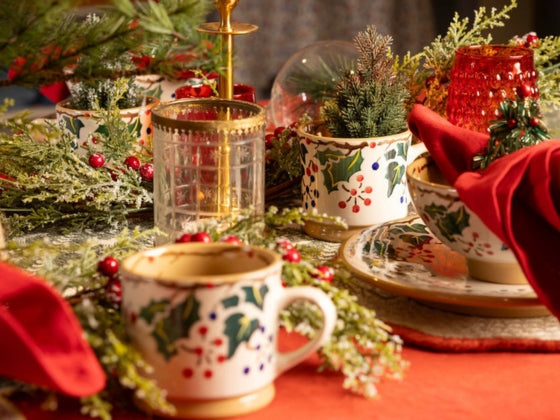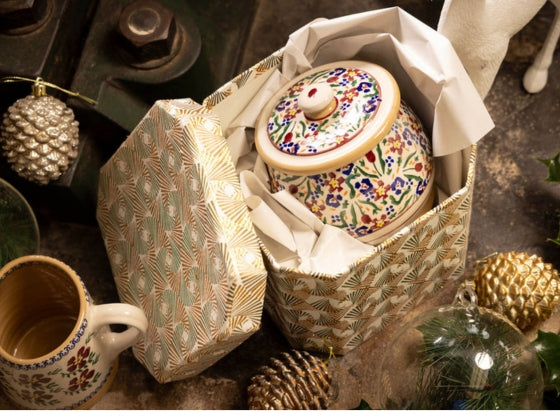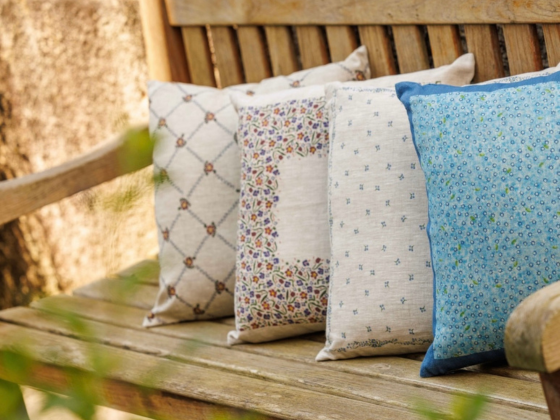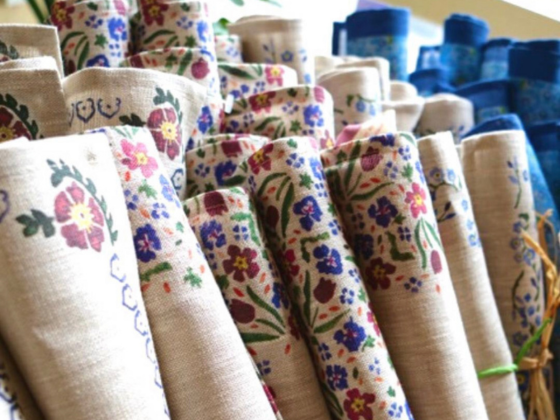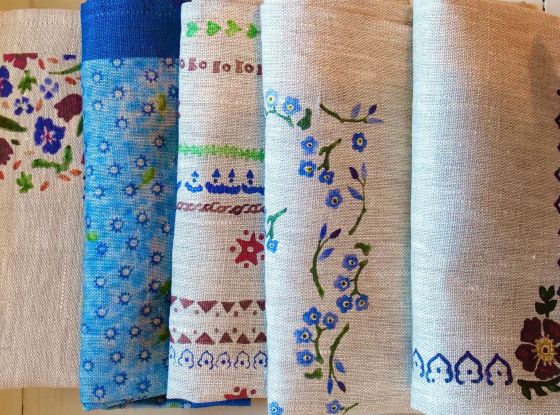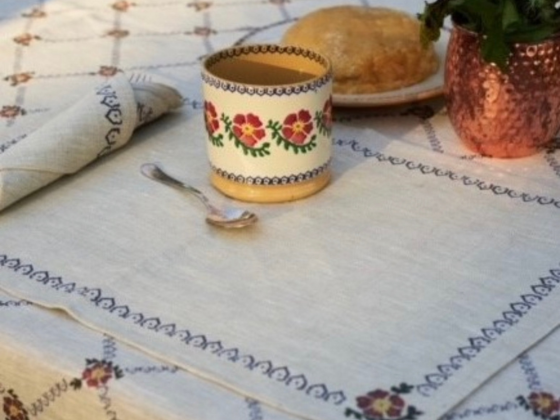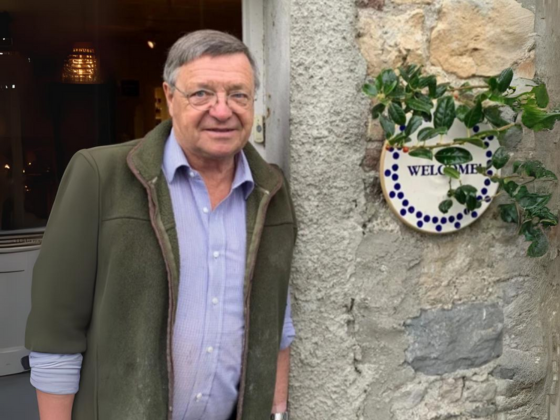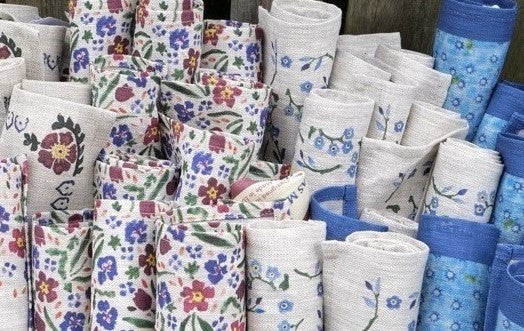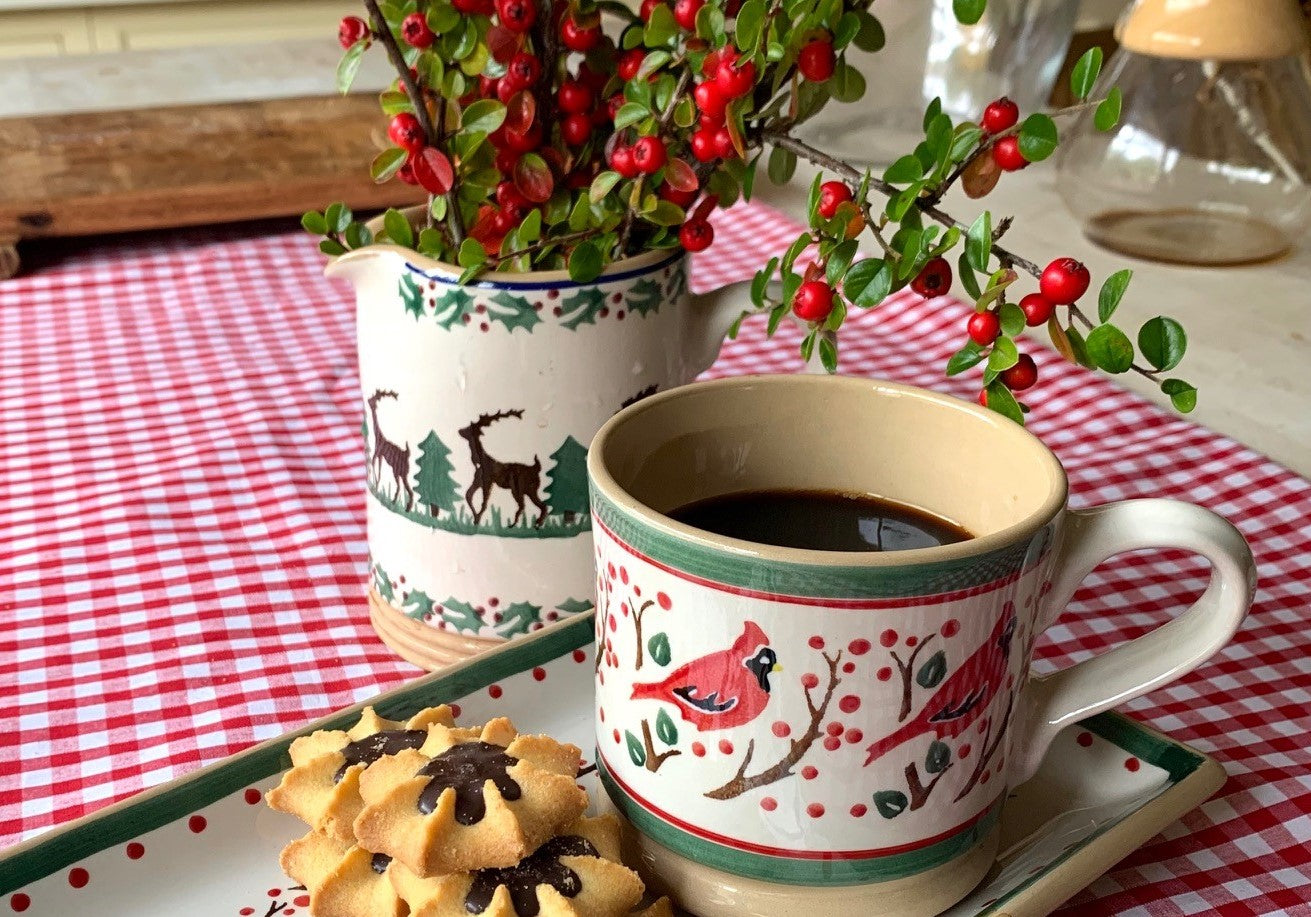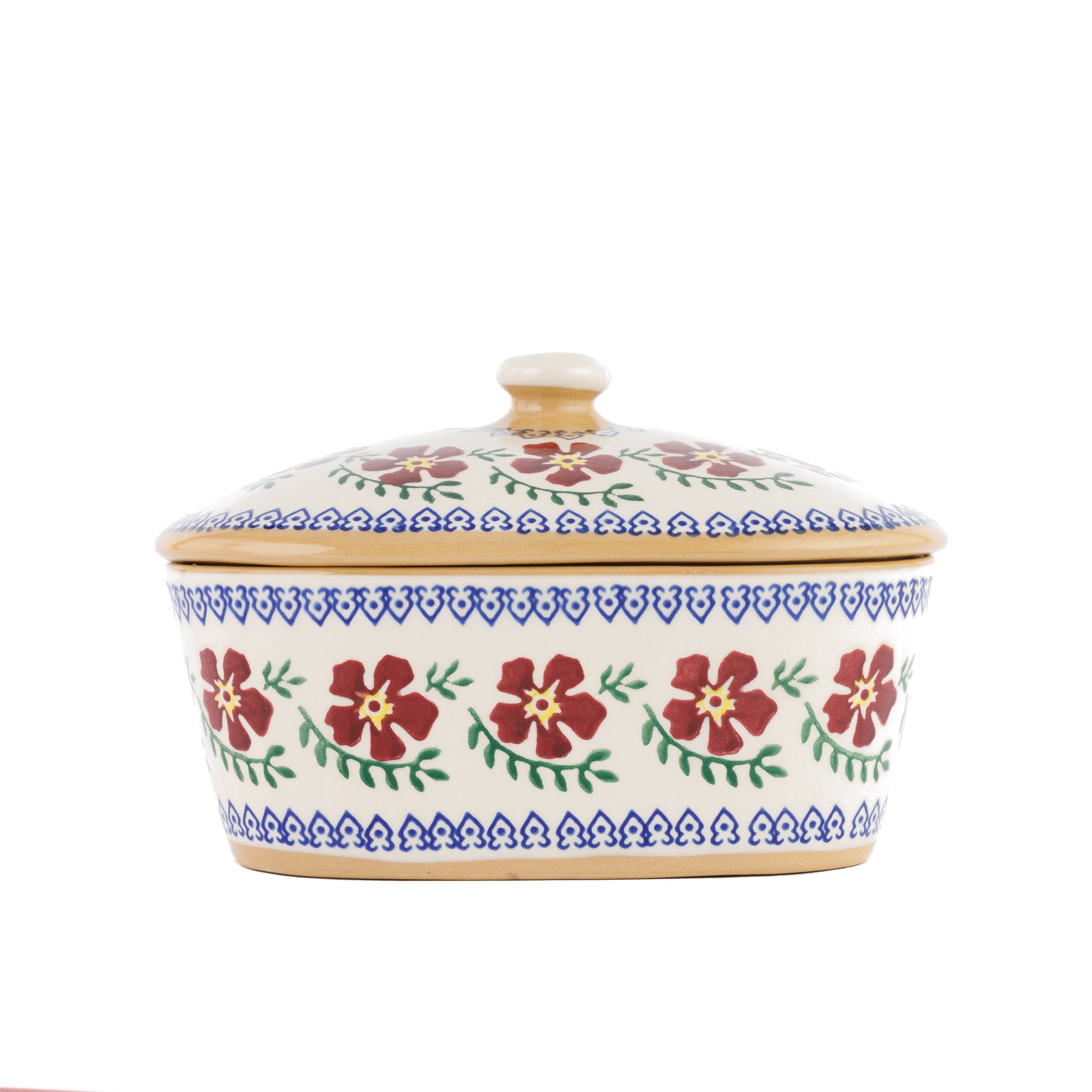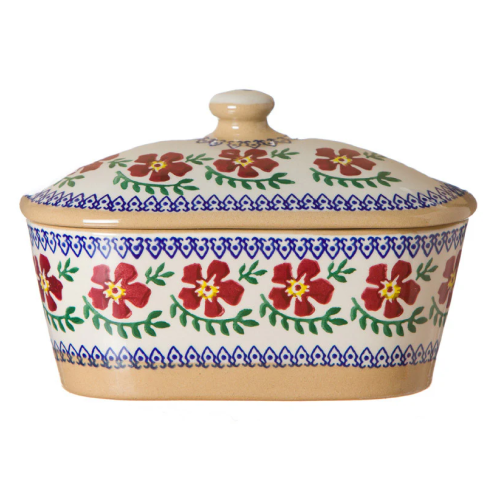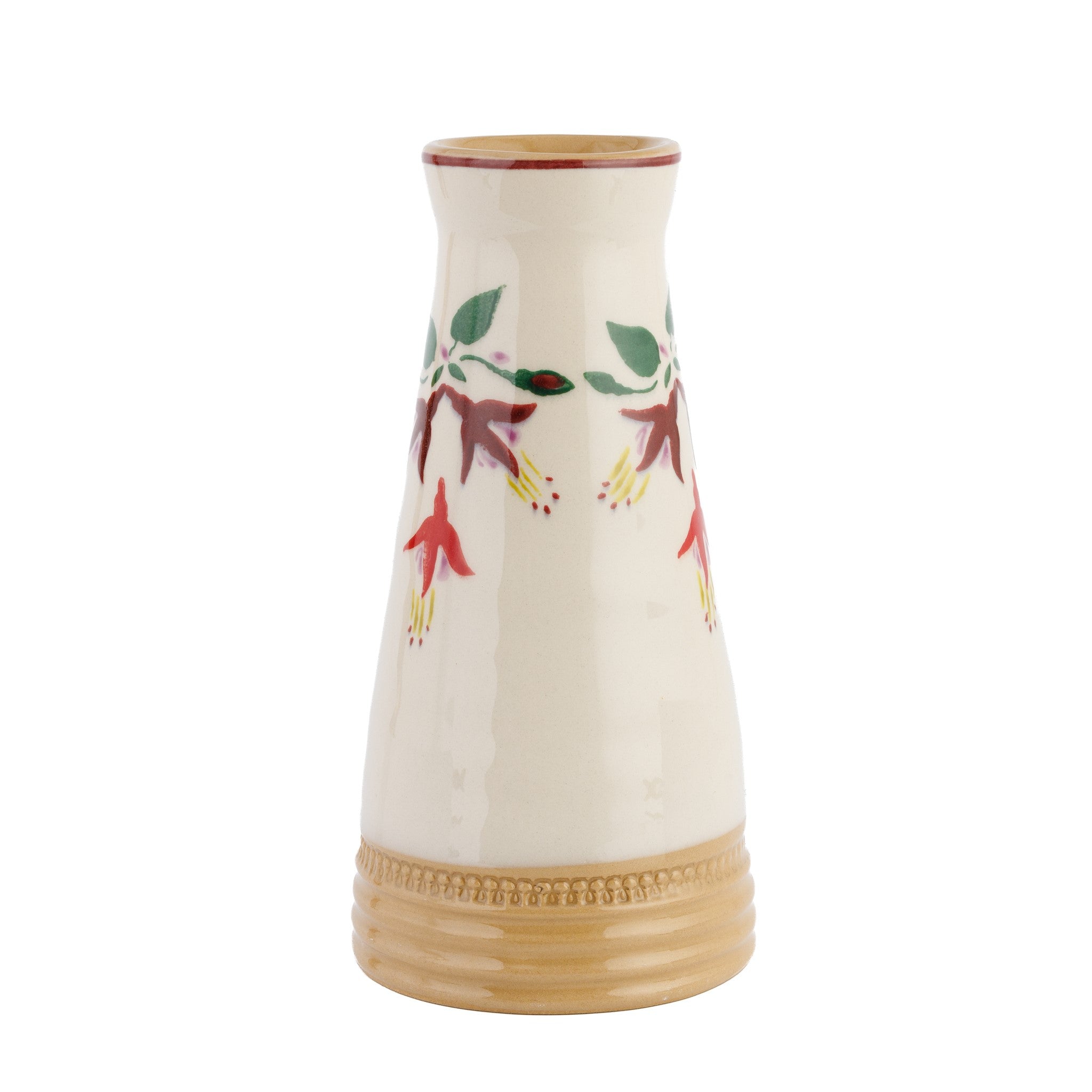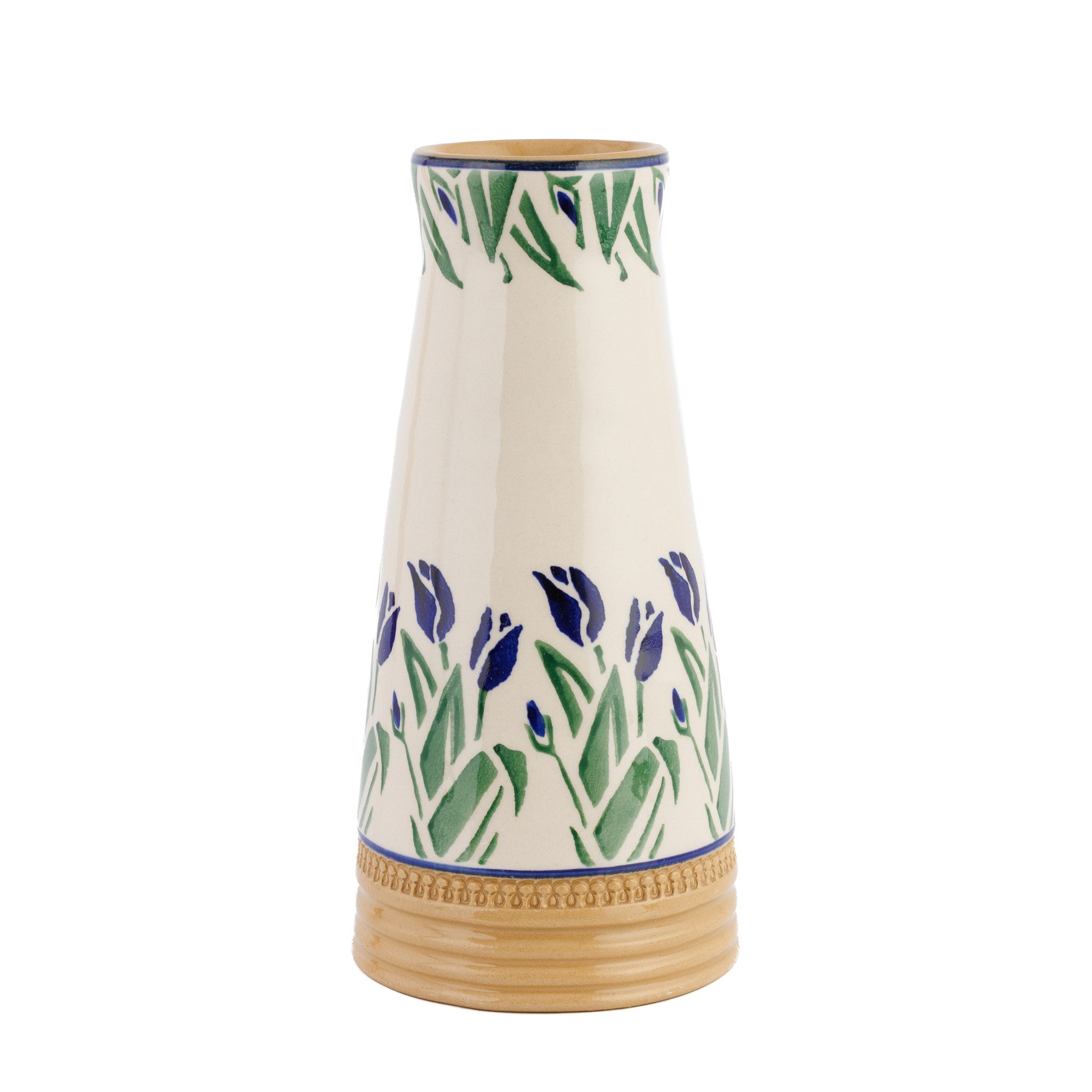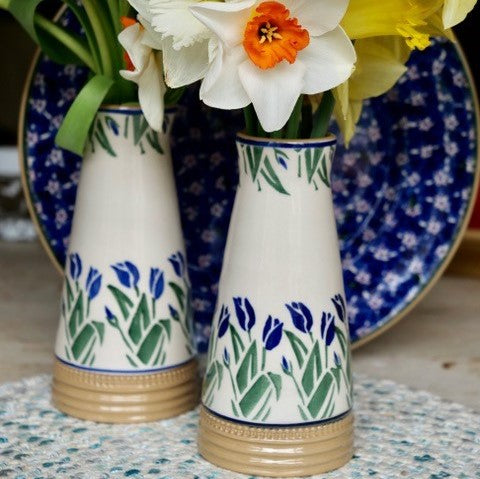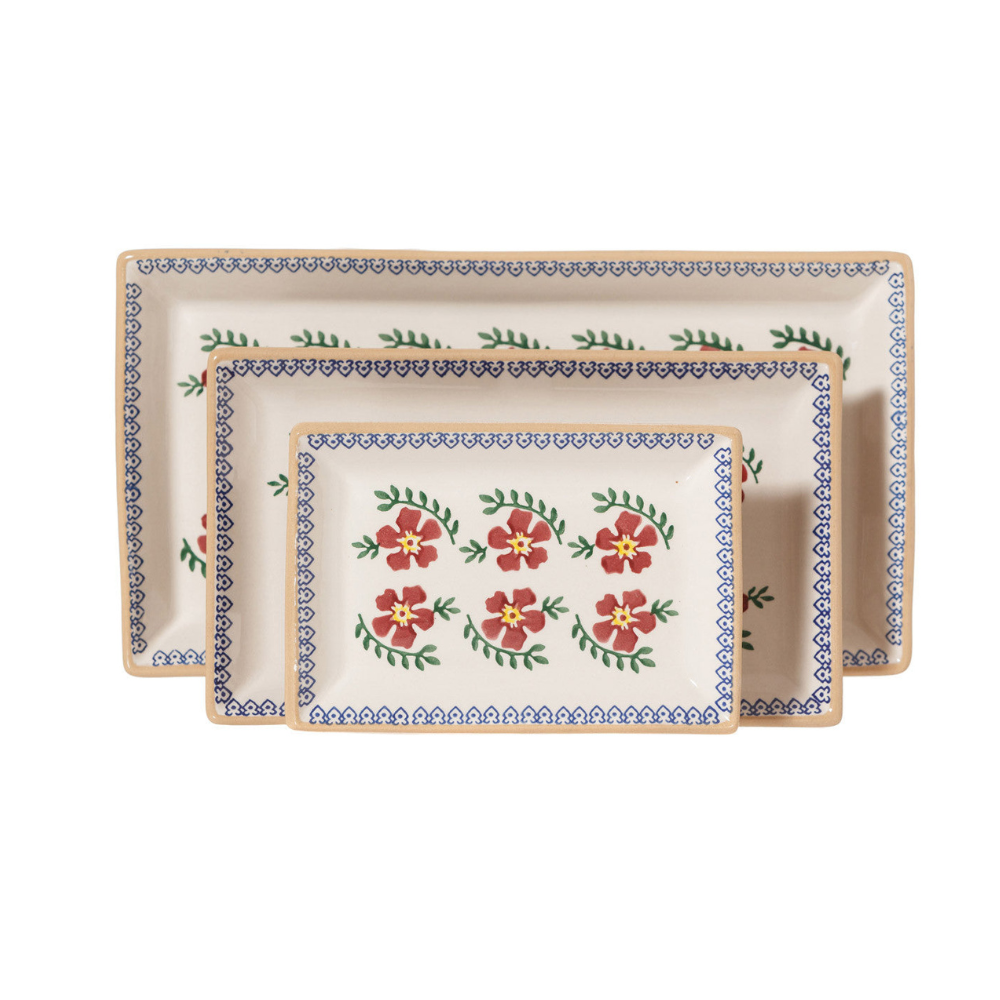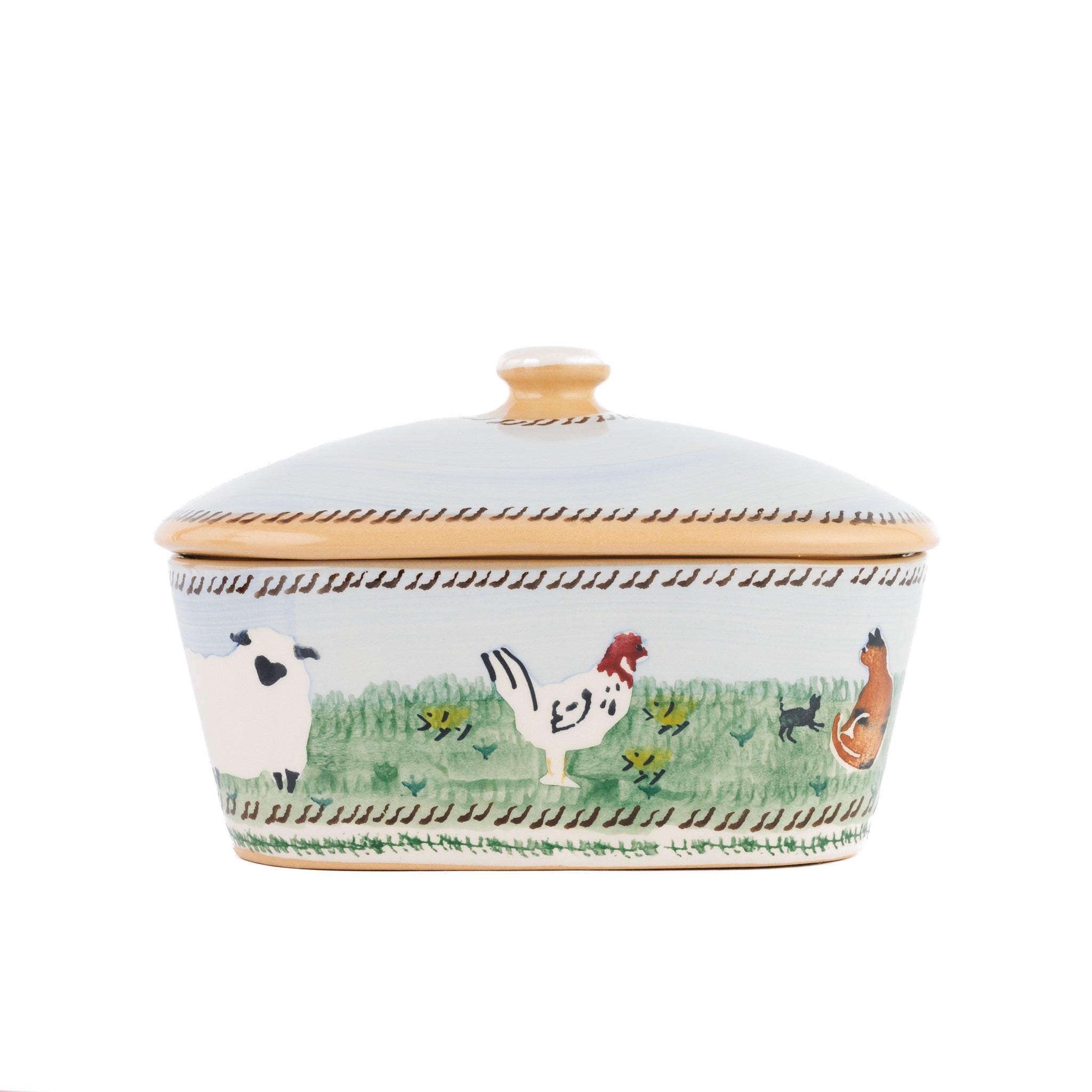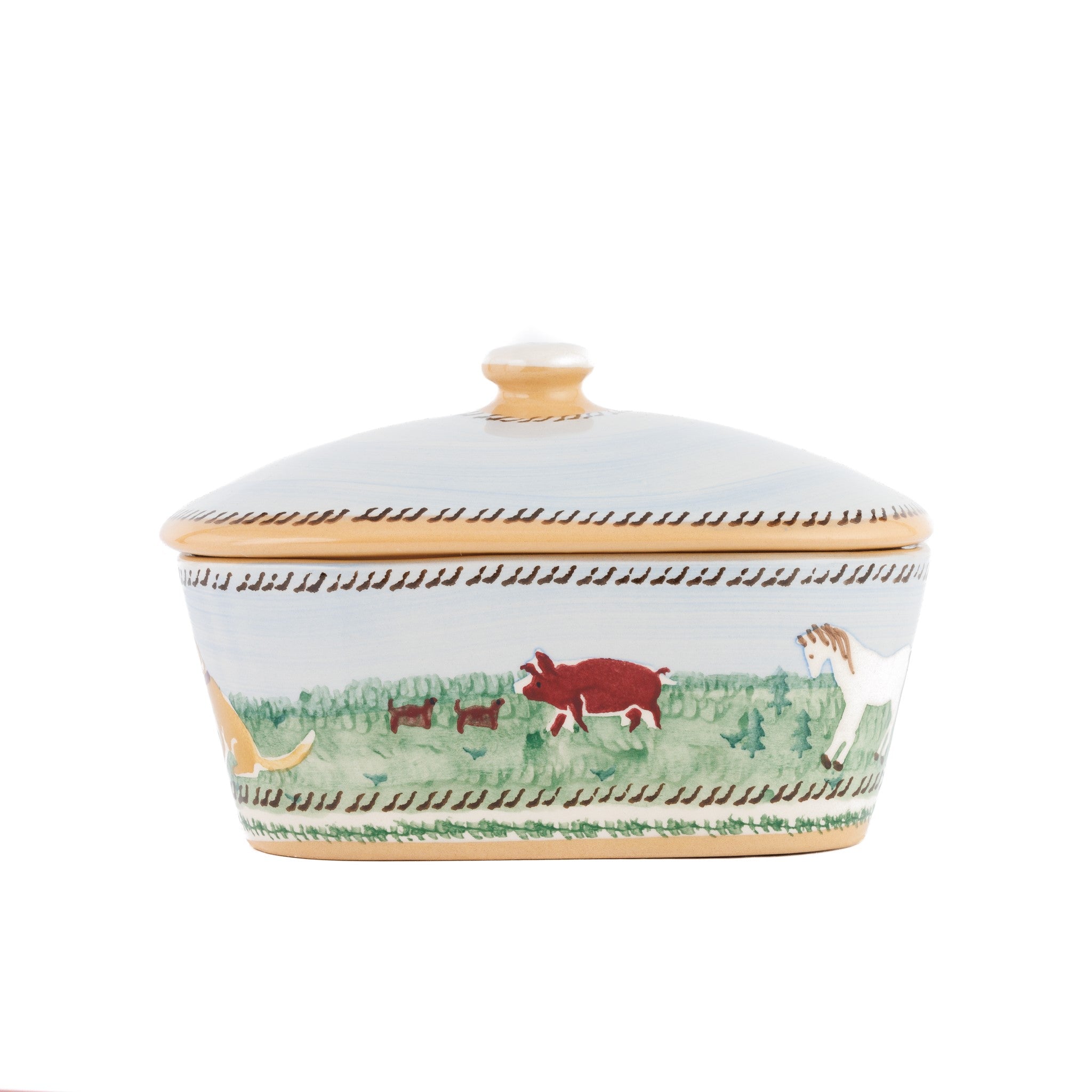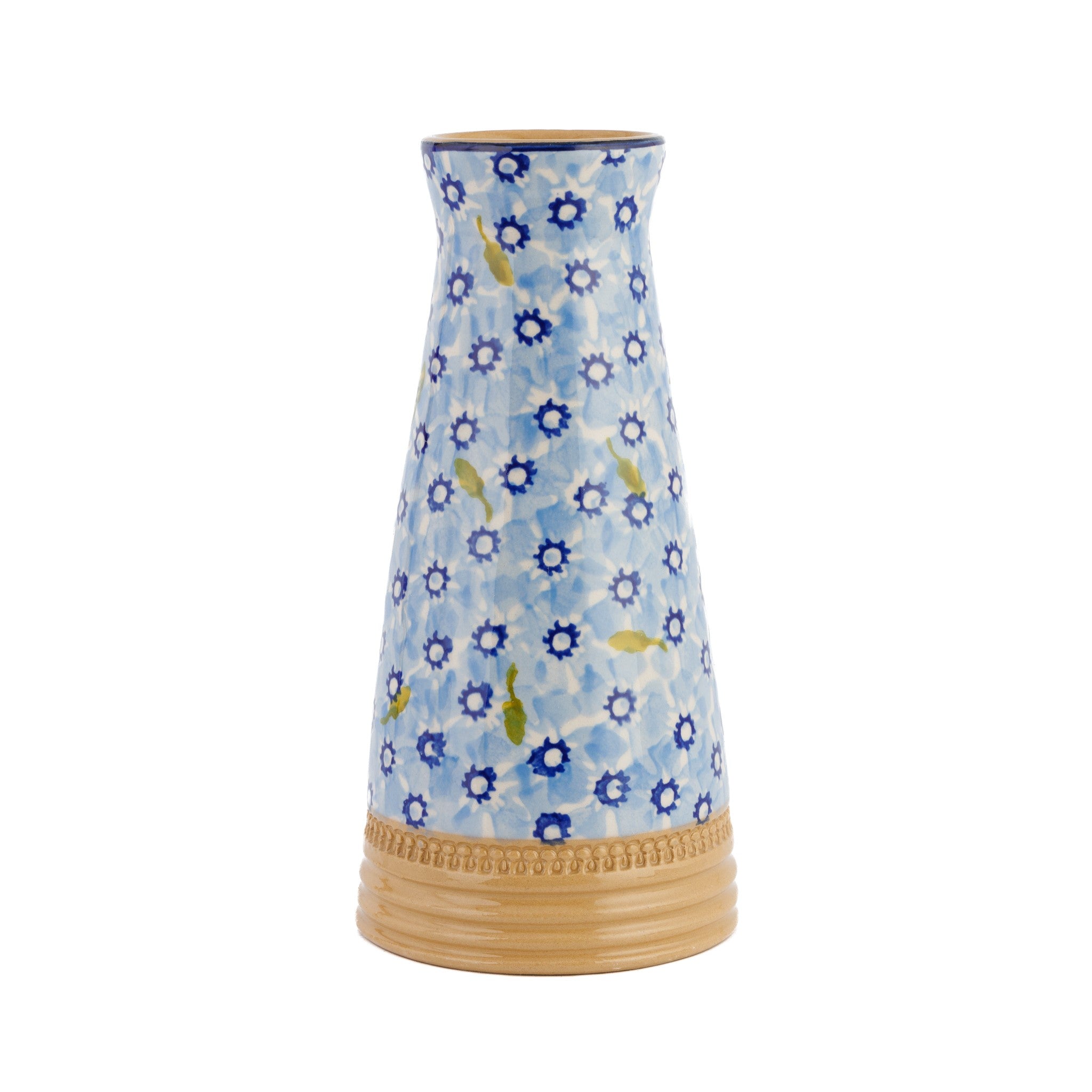The world has been in love with plastic for so many decades now - wrapped, protected and preserved in it - that the impending divorce, brought about by overwhelming environmental concerns, is bound to be drawn out and messy. My feeling is that while we can cut it out a fair bit and will seek out alternative companions we will not entirely part ways. I’m going to show my age here by admitting to having early memories, during our honeymoon stage with plastic, of the very first appearance of plastic wrap in our home, or Saran Wrap as it was branded. Glad wrap, cling film, Stretch-Tite, call it what you will, it was, like many innovations that became available to the domestic sphere in that period, very exciting, and soon we were using it on everything and wondering how we had ever managed to live without it.

Of course, since then, our understanding of the depth of the environmental cost of non-degradable, fossil fuel based plastics has now overtaken our excitement, but I can still see how we got carried away as saw it as such a material of wonder. It’s not only flexible, mouldable, waterproof and lightweight but also incredibly robust. Easy to forget about “brown paper packages tied up with string” and embrace the often-saturated colour and sometimes sparkle of plastic replacements. Back in the second half of the last century we wanted to and could surround ourselves with it - in our linoleum floors, boldly painted polyvinyl emulsion walls, melamine kitchenware, and even be kitted out head-to-toe in nylon. It felt as though plastic had magic powers, like the way ribbon would take on a professional curl after running scissors up one side of it. String doesn’t do that!
Despite my childhood ‘awe’ of Saran wrap, as an adult, being of a very earthy inclination, I’ve been in the habit of keeping last night’s leftovers in a plate-covered bowl or reusing jam or larger gherkin jars if I need a smell-tight seal (nobody wants leftover apple pie tinged with the odour of leftover oniony sauce!). For much of the world it’s a work in progress and longer-term retraining effort to do this rather than reach for the plastic wrap. It is hard when sometimes there is still no choice when trying to buy certain products. But gradually there should be more options, given a gentle elbow from responsible businesses and a political prod too. Nearly twenty years ago now back in 2002, Ireland was actually a pioneer (go Ireland!) when a levy on plastic bags, now very common in many countries, was first introduced. Though only a matter of a few cents per bag, behaviour and attitudes shifted and the reduction in plastic bag use was massive. With a bit of a nudge we can all adapt our behaviour for the environmental better and return to more sustainable habits, like bringing our own bags, coffee cups or bottles to be refilled, choosing products because they’re in glass jars and tin cans, picking out individual fruits and veg rather than grabbing pre-packaged ones, picking out clothes made from natural materials rather than microfibre-shedding polyester.
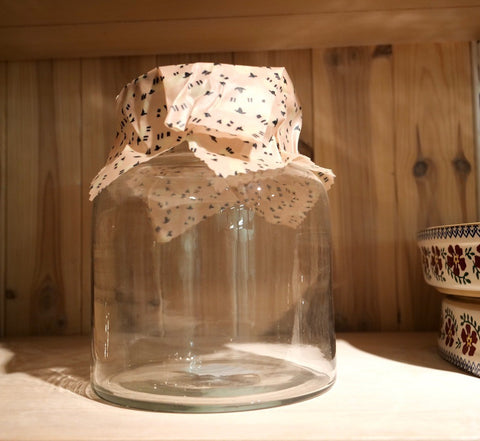 Reusable, super-adjustable and nicely decorative, beeswax wraps are an excellent alternative to plastic wrap. Use them to wrap sandwiches in a lunch box, or, with the heat from your fingers you can mould them to fit any bowl or jar. They’re also relatively easy to make by hand.
Reusable, super-adjustable and nicely decorative, beeswax wraps are an excellent alternative to plastic wrap. Use them to wrap sandwiches in a lunch box, or, with the heat from your fingers you can mould them to fit any bowl or jar. They’re also relatively easy to make by hand.
Thinking back to those ribbon curling magic powers, glass and ceramics have real and more valuable alchemic properties than plastic not only in the process of their making and the transformations they go through but also in their ability to return harmlessly back to the earth. Realistically we won’t part ways with plastic completely, and while we can find sustainable alternatives for some things we definitely don’t want to feed landfill by throwing away items that are still perfectly useable, but instead reuse take-away boxes (that might have accumulated over lockdown?!), pass on the lego collection to the next generation and deck the Christmas tree with sparkly tinsel if it’s already in the decorations box. As a final thought, a positive measure of how attitudes are moving on these days you can gift-wrap wraps (beeswax NOT Saran I may add) to give as very functional, habit-changing presents. Tie them up with string for good measure.
Susan Mosse

